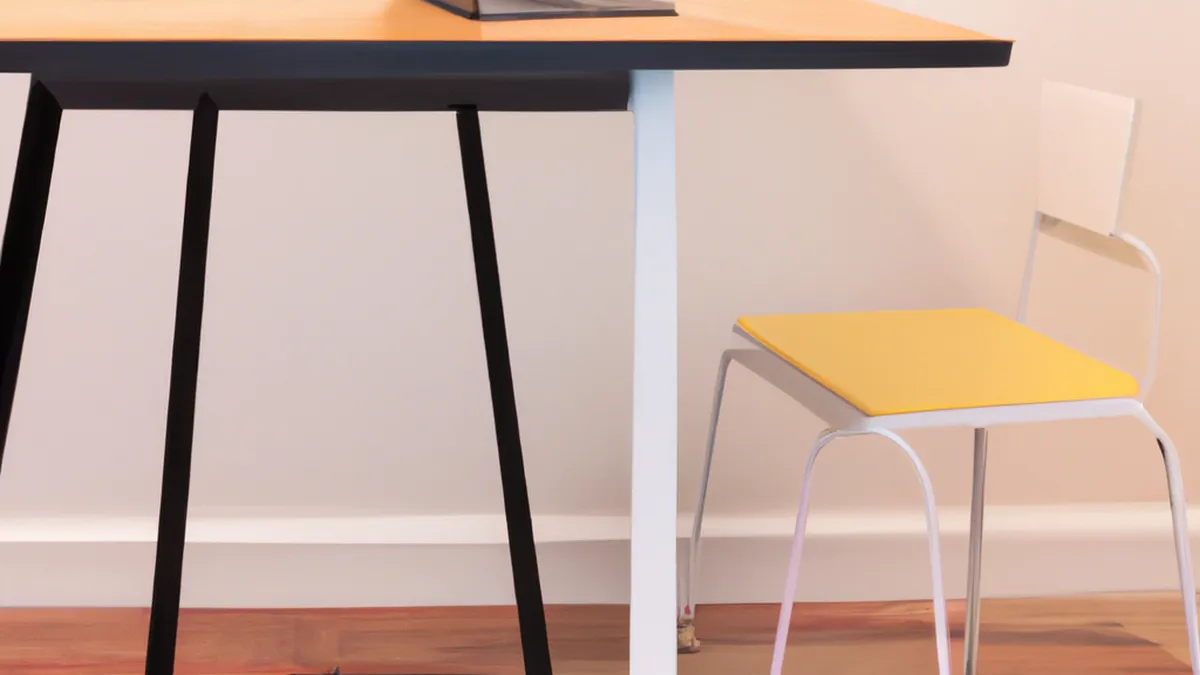Reimagine Your Work Day with Standing Desks
The Benefits of Standing Desks for Remote Workers
Remote work has surged in popularity, especially since the global pandemic pushed many into home offices. While remote work offers flexibility and comfort, long hours of sitting can cause health problems. A standing desk presents a promising solution to counteract sedentary behavior. This blog will explore the benefits of standing desks for remote workers, boost productivity, and share tips for a successful transition.
Why Choose a Standing Desk?
Standing desks have gained popularity due to their numerous health benefits. Standing while working promotes better posture, reducing back and neck pain. This posture improvement occurs because standing aligns the spine naturally and eases strain on back muscles.
Additionally, standing desks can increase energy levels. Many users report feeling more alert and engaged throughout the day. This energy boost stems from improved circulation and reduced fatigue linked to prolonged sitting. Standing enhances blood circulation, delivering oxygen and nutrients to muscles and the brain, thereby improving focus.
Enhanced Productivity
Standing desks also improve productivity. Research shows that employees who stand more often remain focused and complete tasks faster and more accurately. Standing can create a sense of urgency, helping you engage with tasks and maintain momentum. As a remote worker, this can enhance your overall performance, allowing for more accomplishments in less time.
Tips for Transitioning to a Standing Desk
Transitioning to a standing desk can transform your work experience. Gradually making the switch will help you avoid discomfort. Here are practical tips to ease into this new work style:
1. Start Slow
Incorporate short standing intervals into your routine. Aim for 15 to 30 minutes at a time, then gradually increase as your body adjusts. This method prevents fatigue and discomfort, allowing muscles to build endurance over time.
2. Use a Comfortable Mat
Foot fatigue can occur when standing for long periods. Invest in an anti-fatigue mat for cushioning and support. This simple addition alleviates pressure, making standing more comfortable and encouraging longer standing durations.
3. Maintain Proper Posture
Good posture is essential with a standing desk. Keep shoulders relaxed and feet shoulder-width apart. Position your computer screen at eye level to minimize neck strain. Maintain a 90-degree angle with elbows and keep wrists straight while typing. Regularly check your posture to ensure comfort.
Conclusion
Standing desks offer numerous health and productivity benefits for remote workers. Transitioning gradually and maintaining proper posture will enhance your work experience.
Below are related products based on this post:
FAQ
What are the main health benefits of using a standing desk for remote work?
Standing desks promote better posture and can reduce back and neck pain by aligning the spine naturally. They also help increase energy levels and improve circulation, which can reduce fatigue and enhance focus throughout the workday.
How can I transition to a standing desk without discomfort?
To transition smoothly, start with short standing intervals of 15 to 30 minutes and gradually increase the duration as your body adjusts. Additionally, using an anti-fatigue mat can provide cushioning and support, making standing more comfortable.
What tips should I follow to maintain proper posture while using a standing desk?
To maintain good posture, keep your shoulders relaxed and feet shoulder-width apart. Position your computer screen at eye level, maintain a 90-degree angle with your elbows, and keep your wrists straight while typing. Regularly check your posture to ensure comfort.















Post Comment